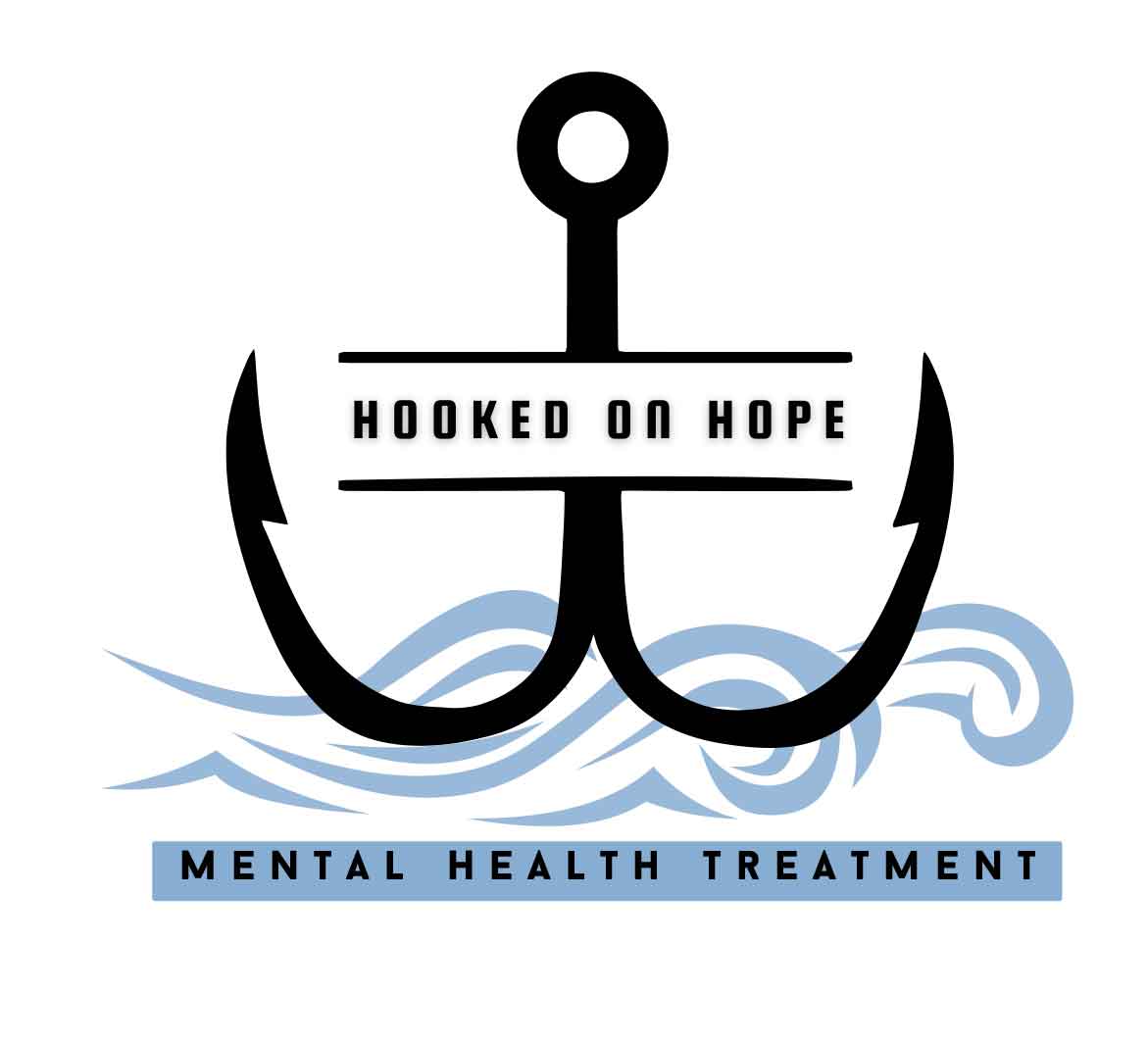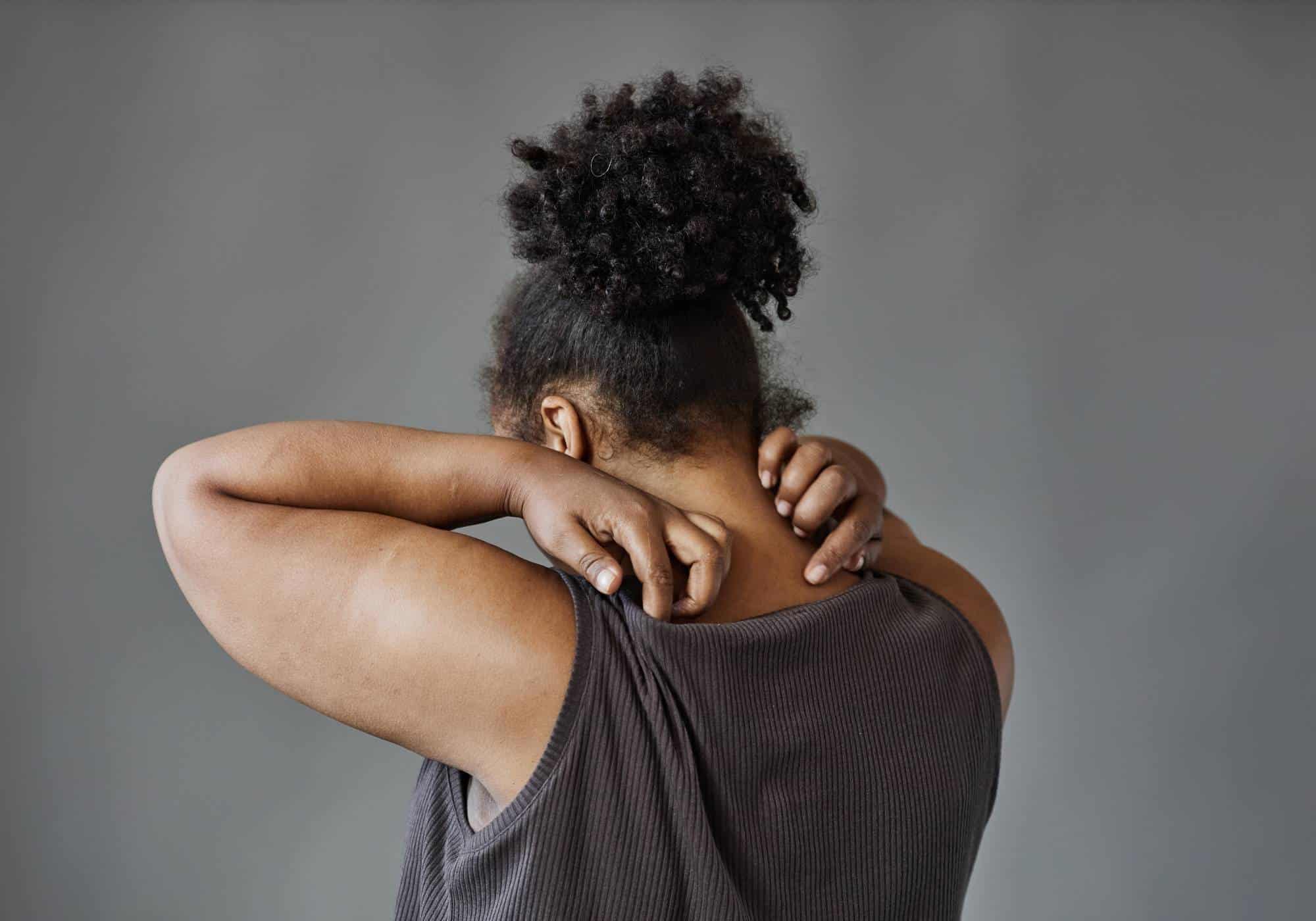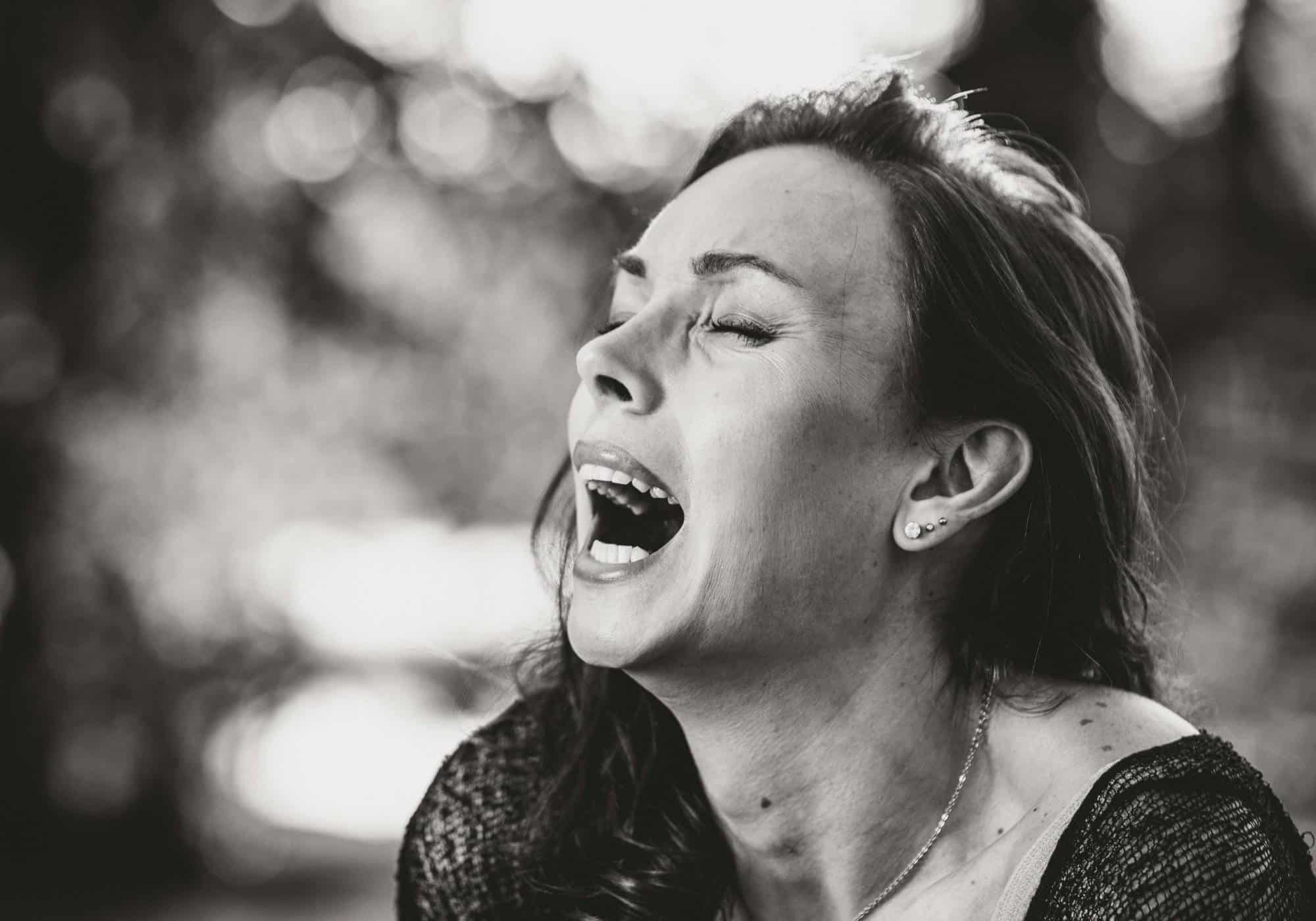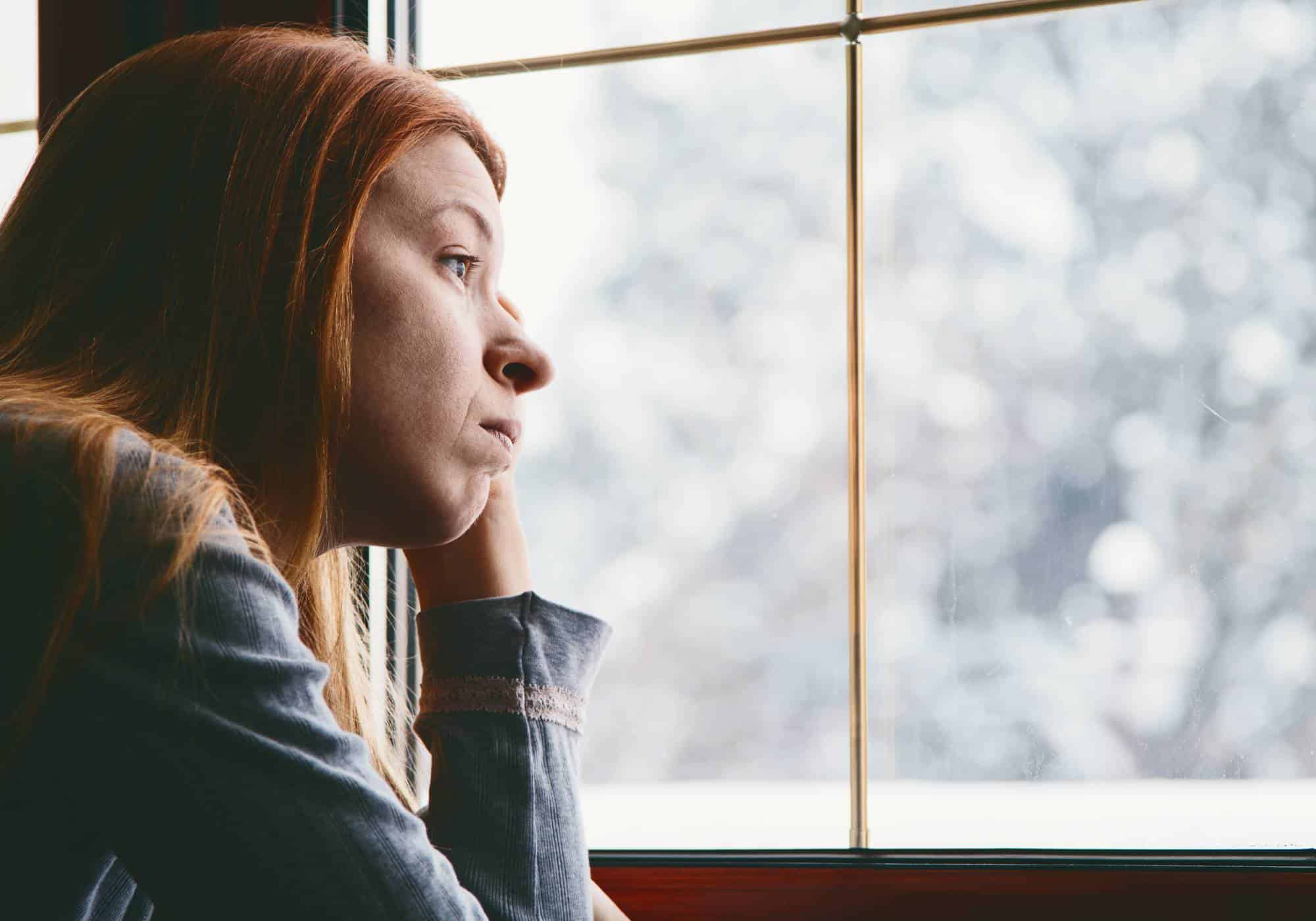What is Seasonal Affective Disorder?
Seasonal Affective Disorder (SAD) is a type of depression that typically occurs during specific seasons, most commonly in the fall and winter months. The decrease in daylight during these seasons can trigger a range of symptoms that impact a person’s mood, energy levels, and overall well-being. Although SAD is most often associated with winter, a less common form can occur in the spring and summer months.
The reduction in sunlight during the fall and winter months can disrupt the body’s internal clock, known as the circadian rhythm. It also causes an overproduction of melatonin, a hormone that regulates sleep. This imbalance in melatonin and reduced levels of serotonin, the brain chemical that affects mood, can lead to the onset of depression.
How Common is Seasonal Affective Disorder?
SAD affects a significant number of people each year, with estimates suggesting that up to 10 to 20 percent of individuals may experience some form of it during their lifetime. Of these, about 4 to 6 percent suffer from more severe symptoms that interfere with daily life. SAD can affect anyone, but it is more common in regions that experience long winters and limited sunlight. Women are also diagnosed with SAD at higher rates than men, although recent research shows that men may express their symptoms differently, often through anger or irritability rather than sadness.
What are the Symptoms of Seasonal Affective Disorder?
SAD manifests similarly to other forms of depression but tends to follow a seasonal pattern.
Symptoms of seasonal affective disorder may include:
- Persistent feelings of sadness or depression
- Increased sleep and difficulty waking up in the morning
- Fatigue and lack of energy
- Loss of interest in activities once enjoyed
- Difficulty concentrating and making decisions
- Changes in appetite, particularly cravings for carbohydrates, which can lead to weight gain
- Social withdrawal and feelings of isolation
- Increased irritability or anxiety
In more severe cases, individuals may experience suicidal thoughts or an overwhelming sense of hopelessness.
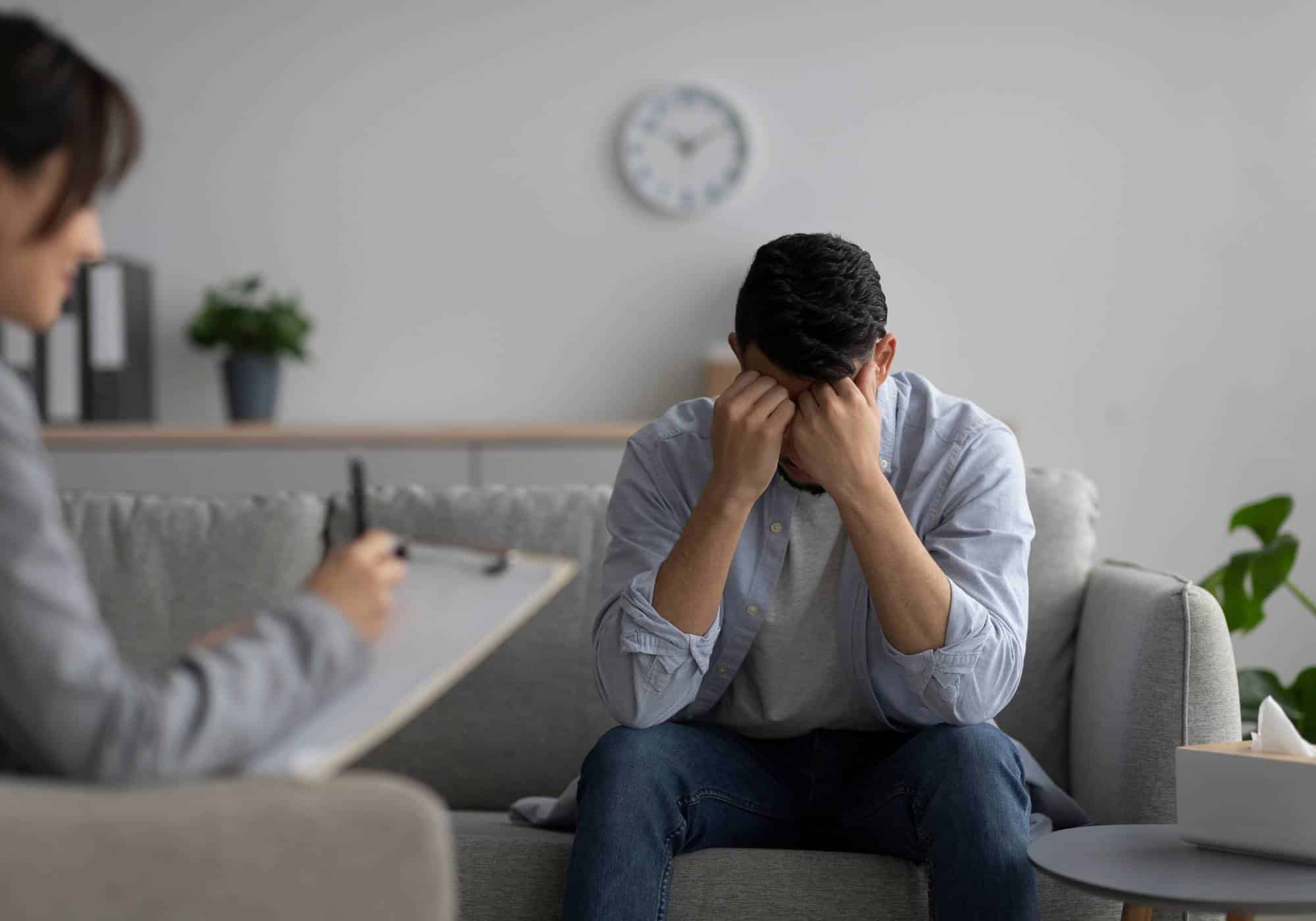
Causes of Seasonal Affective Disorder
The exact cause of SAD is not fully understood, but several factors are believed to contribute to its development:
- Reduced Sunlight: The most significant factor is the reduction in sunlight during the fall and winter months. This decrease in light can disrupt the body’s internal clock and lead to feelings of depression.
- Imbalance in Serotonin and Melatonin: Sunlight plays a critical role in regulating the production of serotonin, a neurotransmitter that impacts mood. Reduced exposure to sunlight can cause a drop in serotonin levels, leading to depression. Additionally, the darker months cause an overproduction of melatonin, making people feel more fatigued and sleepy.
- Genetics and Family History: There may be a genetic predisposition to developing SAD, especially in individuals with a family history of depression or other mood disorders.
Who is at Risk for Seasonal Affective Disorder?
Certain factors can increase a person’s risk of developing SAD:
- Location: People living in higher latitudes, such as the northern regions of the United States, are more likely to experience SAD due to longer winters and less daylight exposure.
- Gender: Women are four times more likely to be diagnosed with SAD than men. However, men often experience more severe symptoms.
- Age: Younger adults are more likely to develop SAD, with onset typically occurring in people between 18 and 30 years of age.
- Family History: Those with a family history of depression or other mental health conditions are at greater risk.
- Existing Depression: Individuals who already suffer from depression or bipolar disorder may find their symptoms worsen during certain seasons
How is SAD Diagnosed?
Diagnosing SAD typically involves a thorough medical and mental health evaluation. A mental health provider will review the individual’s symptoms, family history, and overall health. Since SAD shares symptoms with other forms of depression and can co-occur with conditions like substance abuse or anxiety, early diagnosis is critical for effective treatment.
Doctors may ask about the timing of the symptoms and whether they follow a seasonal pattern, recurring at the same time each year. They may also perform blood tests to rule out other conditions that might cause similar symptoms, such as hypothyroidism.
Treatment of Seasonal Affective Disorder
There are several effective treatments for SAD that can help alleviate symptoms and improve quality of life:
Light Therapy
One of the most common treatments for SAD is light therapy. This involves sitting in front of a special light box that mimics natural sunlight for about 20 to 30 minutes each day. The light helps regulate serotonin and melatonin levels, which can stabilize mood and improve energy levels. It is particularly effective for individuals experiencing winter-onset SAD.
Psychotherapy
Cognitive Behavioral Therapy (CBT) has been shown to be highly effective in treating SAD. CBT helps individuals identify and change negative thought patterns and behaviors that contribute to feelings of depression. It also teaches coping strategies and ways to manage stress during the darker months.
Medication
In some cases, antidepressant medications such as selective serotonin reuptake inhibitors (SSRIs) may be prescribed to help manage symptoms. These medications work by increasing serotonin levels in the brain, which can alleviate depressive symptoms. It’s important to consult with a healthcare provider to determine whether medication is the right course of action.
Lifestyle Changes
Making small lifestyle changes can also have a positive impact on reducing the symptoms of SAD:
- Get Outside: Spending time outdoors during daylight hours, even on cloudy days, can help boost mood and energy levels.
- Exercise: Regular physical activity has been shown to reduce symptoms of depression. Aim for at least 30 minutes of exercise most days of the week.
- Eat a Balanced Diet: Consuming a well-balanced diet rich in whole grains, fruits, and vegetables can help regulate mood and energy levels. Avoid excess sugar and carbohydrates that can lead to mood swings.
- Socialize: Staying connected with friends and family can combat feelings of isolation and loneliness.
Find Compassionate Depression Treatment in Atlanta
Depression can deeply impact your ability to experience life to the fullest, often leaving you feeling isolated and overwhelmed. This serious mental health condition doesn’t simply go away on its own and requires focused attention and care. At Hooked on Hope Mental Health, we specialize in providing top-tier depression treatment in Atlanta, designed to help individuals not only manage their symptoms but truly transform their lives. Our expert team is committed to helping you uncover the underlying causes of your depression, offering a variety of therapeutic approaches to help you regain control.
Through individualized treatment plans, we guide clients toward effective coping mechanisms that promote lasting emotional wellness. Additionally, we provide FDA-approved medications as part of our holistic approach, which can significantly alleviate the symptoms of depression and enhance your quality of life. If you or a loved one is struggling with depression, there is hope. Contact Hooked on Hope Mental Health at 470-287-1927 or fill out our online contact form to take the first step toward healing through our comprehensive outpatient depression treatment in Atlanta, GA.
